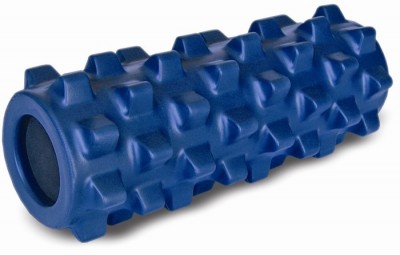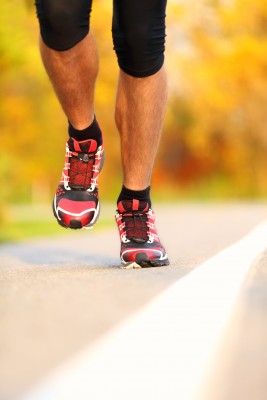New year resolutions bring a lot of people to the gym and, if they aren’t careful, to the clinic! It’s the same every year. Many will burn out by March, those a little more determined may last long enough to get some way towards their holiday body but drop out after June or July. Whether your goal in the gym is as non-specific as ‘Health reasons’ or you have a holiday or wedding as a deadline, the first common mistake is not setting realistic, achievable goals. First things first, you need a realistic schedule.
Everybody wants to get the most out their new gym membership, but forcing yourself to go every day is not the answer. Not only do you need rest to recover from your hard work; you can’t build a beach body or change your heath significantly in a week!
On the other hand, less than 3 gym sessions a week doesn’t leave a lot of room to make exciting changes to your body, your lack of progress will be demotivating. Find the time to invest in yourself and your workouts.
Once you have decided on how much time you can dedicate to training, you can programme your workout according to your goals. Focus on activities or exercises you enjoy, don’t force yourself to do thing you hate, look for an alternative. If your goal is to improve your health or lose weight and change the shape of your body, lifting weights/resistance work will play a more important role than cardiovascular work. If you’re training to improve your fitness, practicing that specific skill will be more important than lifting weights. Your programming should fit your goals.
Specifics of programming will vary for the individual. That said, there are three rules of thumb that are important to follow. For example, do your hardest/most complex/demanding exercise first! If you find yourself on your quest for abs, doing sit ups as your first exercise; you aren’t getting the most out of your workout for several reasons. Body composition is mostly influenced by diet, and doing a compound movement like a deadlift/squat/benchpress will recruit more muscles and have a greater metabolic effect. Squatting once you have exhausted your core isn’t the best idea either, from an injury prevention standpoint. Similarly, if you are training for a specific skill, train that before you are too tired to execute it effectively, save the resistance work for after. Make the most important adaptations first.
Another common programming error is not graduating the volume of work or the percentage of resistance appropriately. Too much, too soon is a sin. If you are too sore after your workouts, it may leave you feeling satisfied with a job well done, but it’s actually not necessary, can impede your quality of movement and potentially lead to injury.
The last part of programming people often get wrong is Diet. Ultimately, you can follow any kind of programme but unless you eat the macronutrients you need to support it; you won’t achieve your goals. If you want big muscles or strength gains, you can lift all the weights in the world, but if you don’t get around 1-2g of protein per kilo of body weight per day you won’t have the fuel to build the muscle tissue you have created the stress for. Likewise, no amount of cardio can outdo a poor diet if your goal is weight loss.
Though we have set out a few guidelines here they may not apply to everybody. For most, failure to adhere to them may at best cause poor results but at worst, injury. If you want advice tailored to your specific needs on scheduling, programming, diet or exercise; contact Ashley or Luke at Kings Cross Osteopathy for a consultation.


